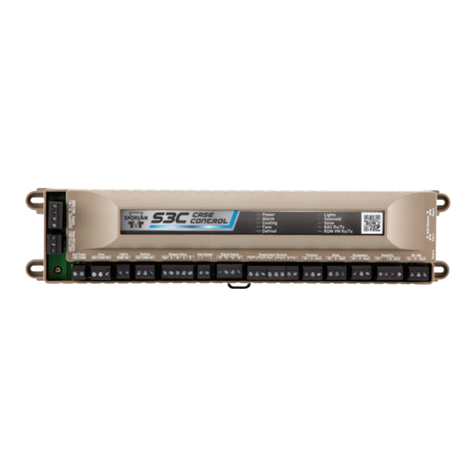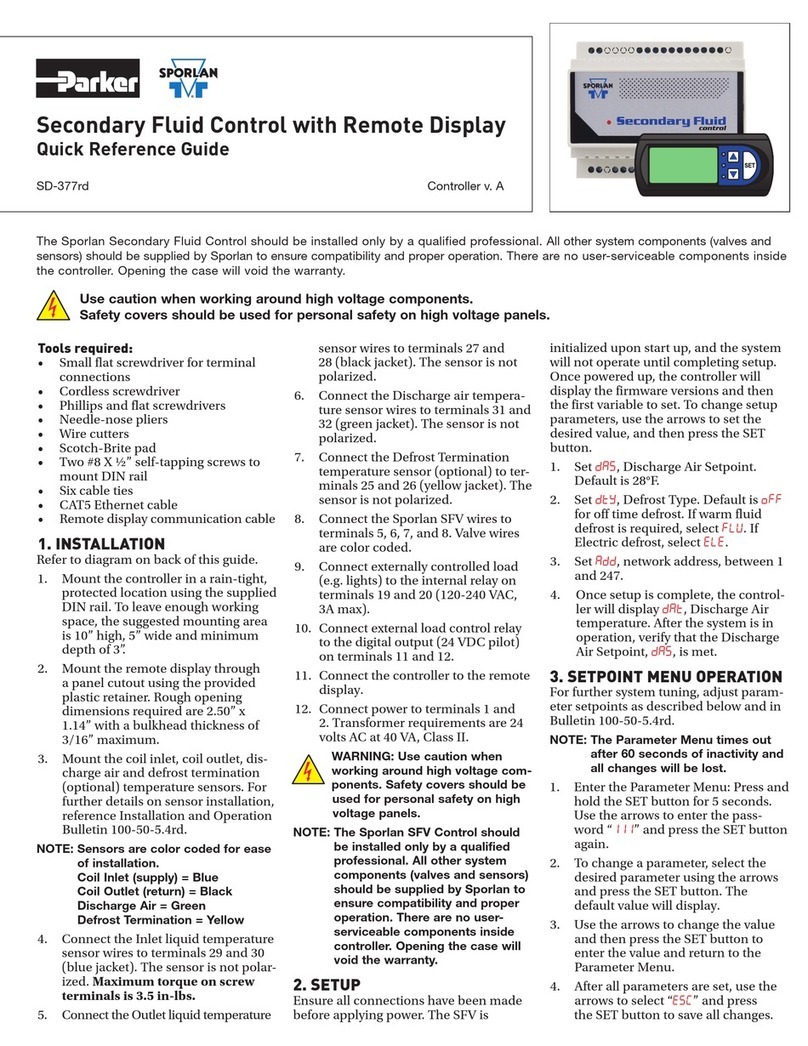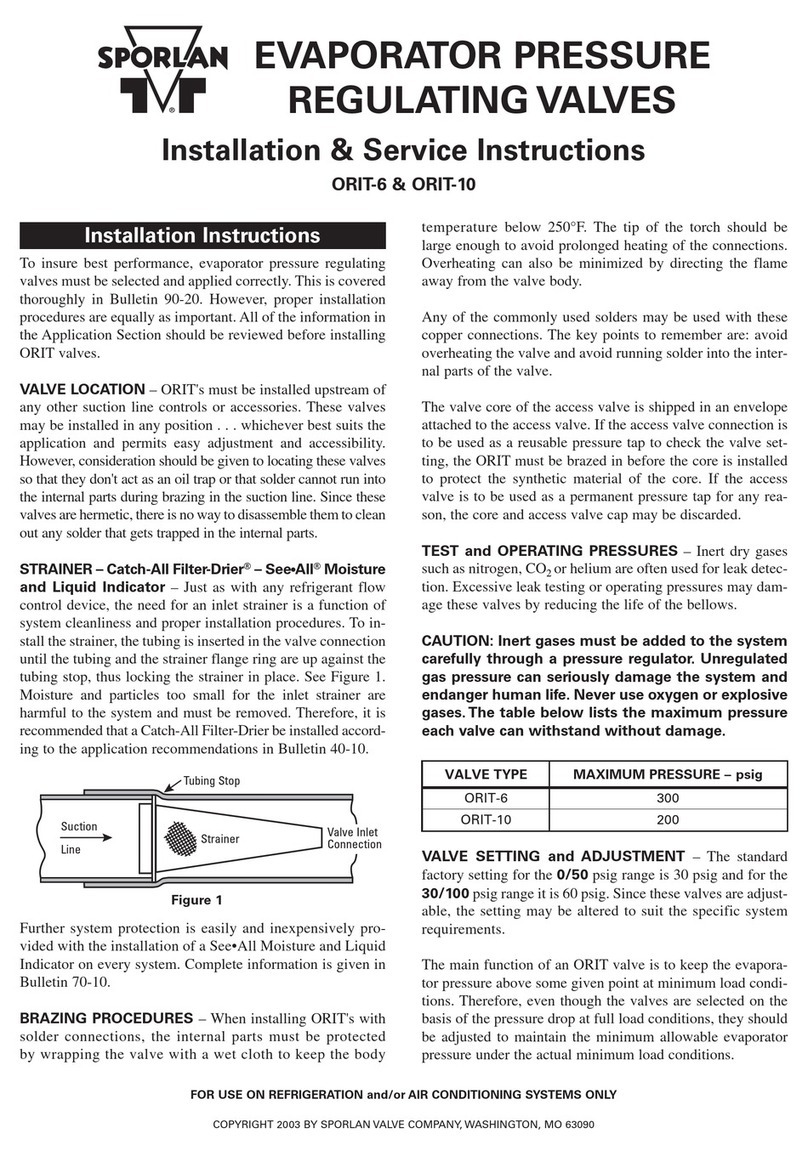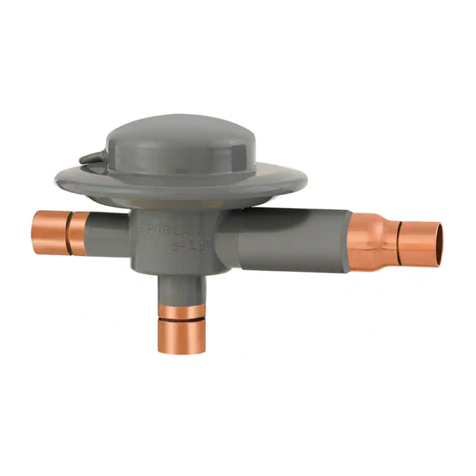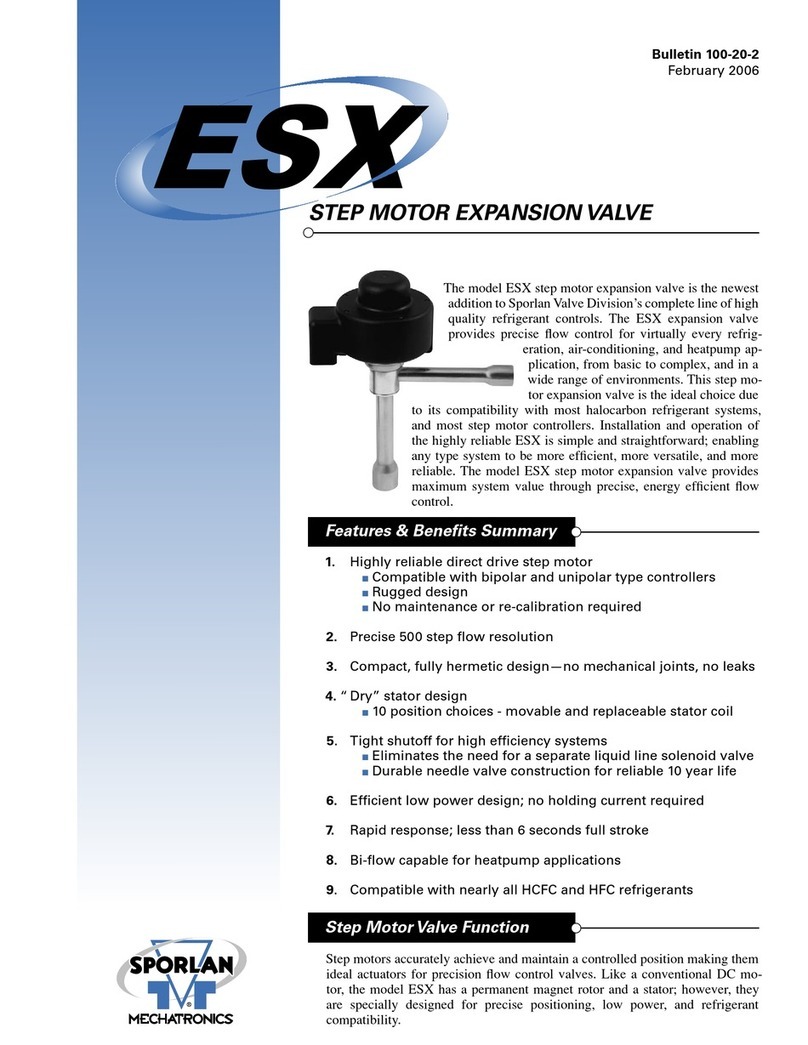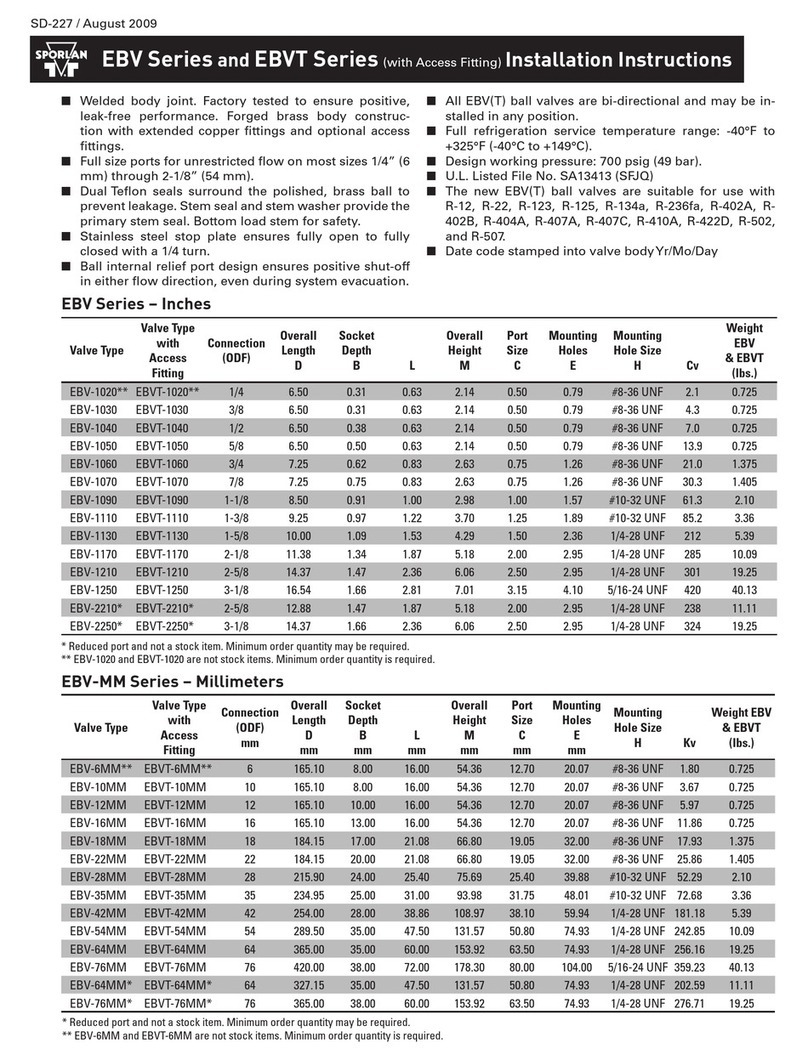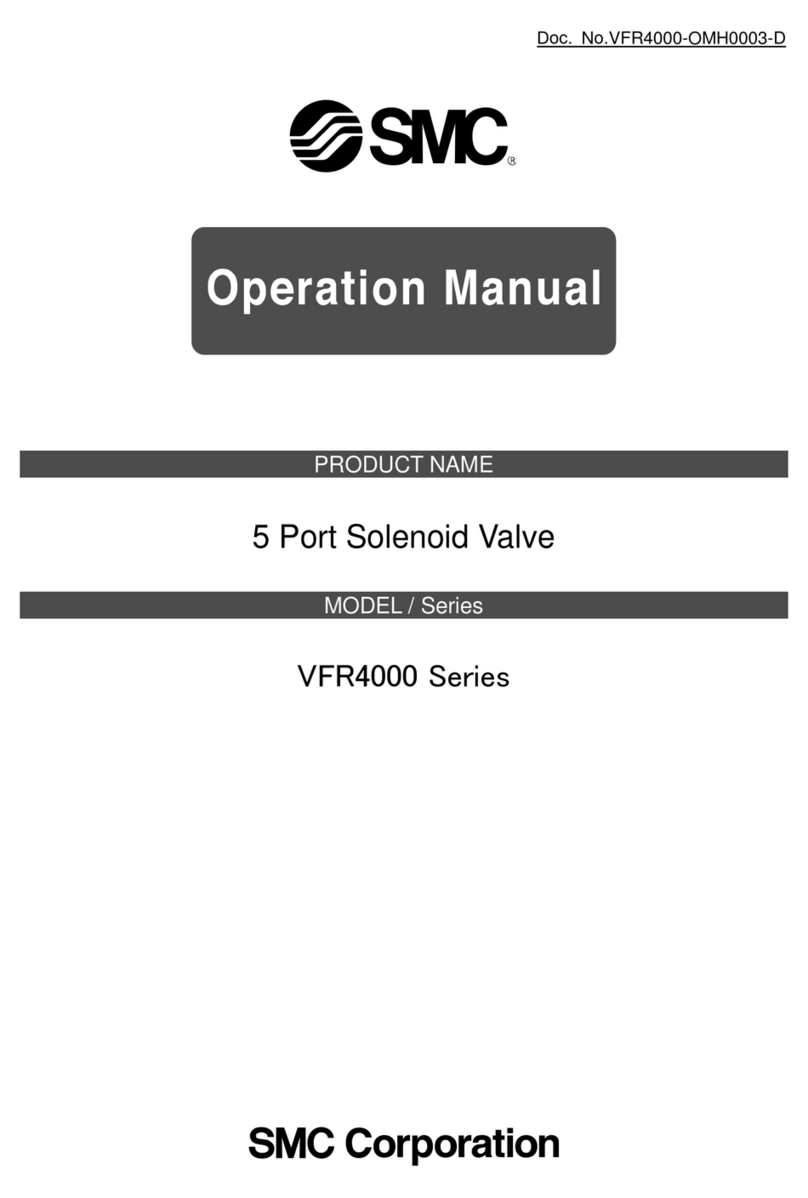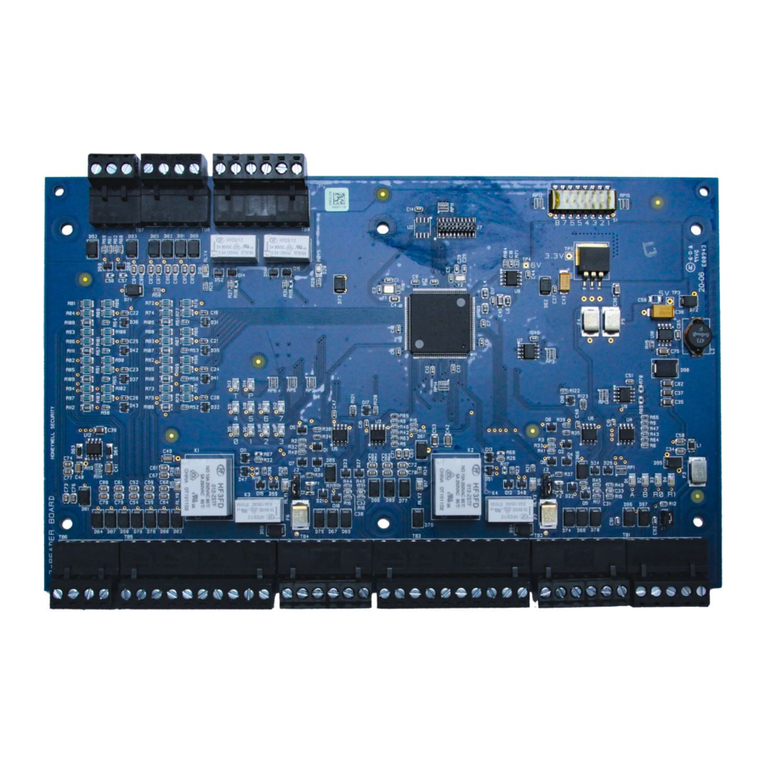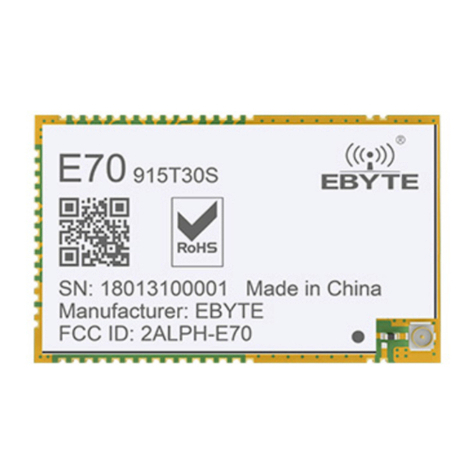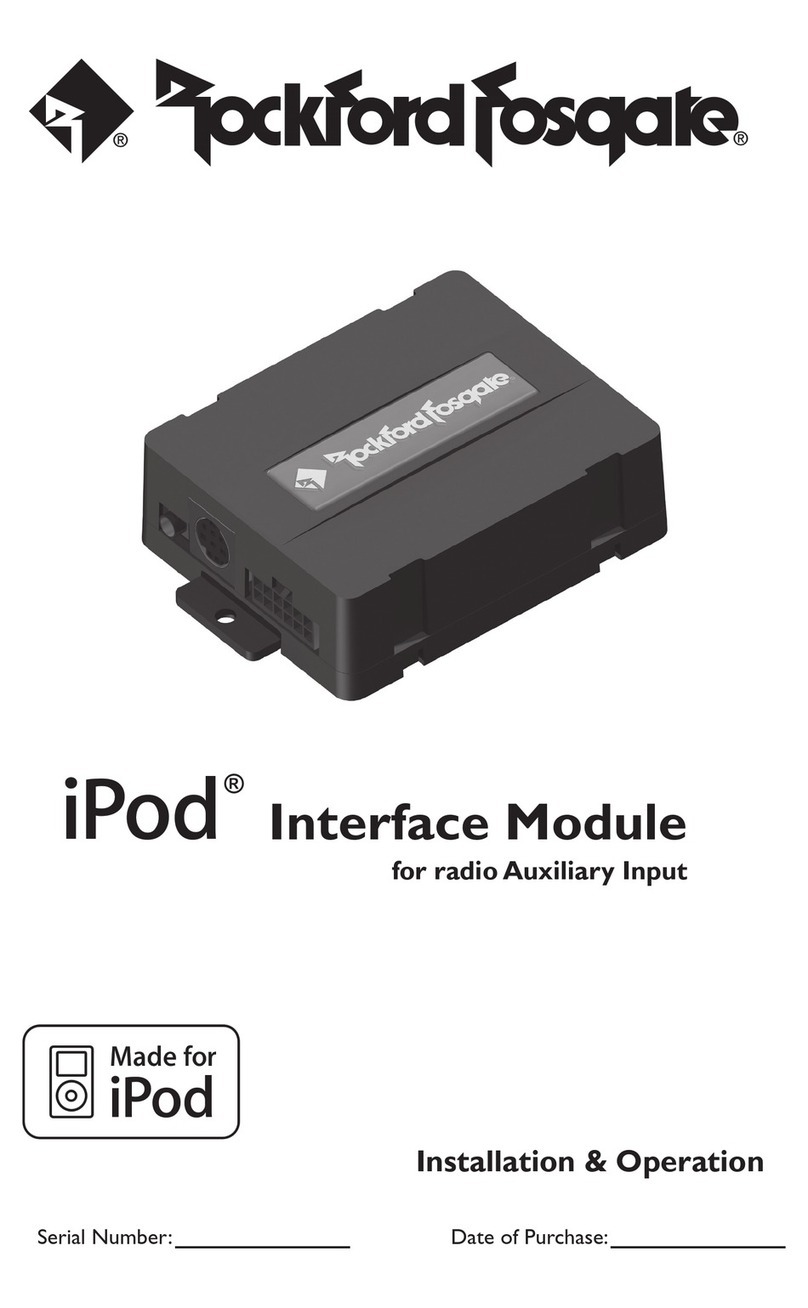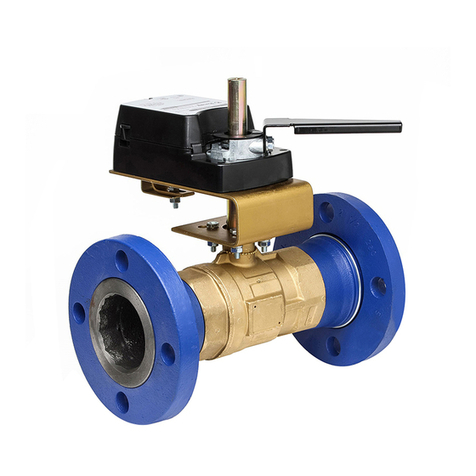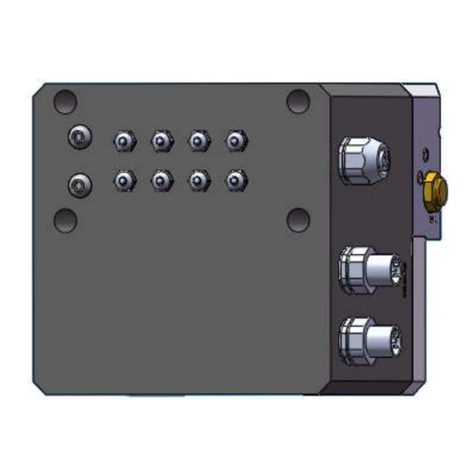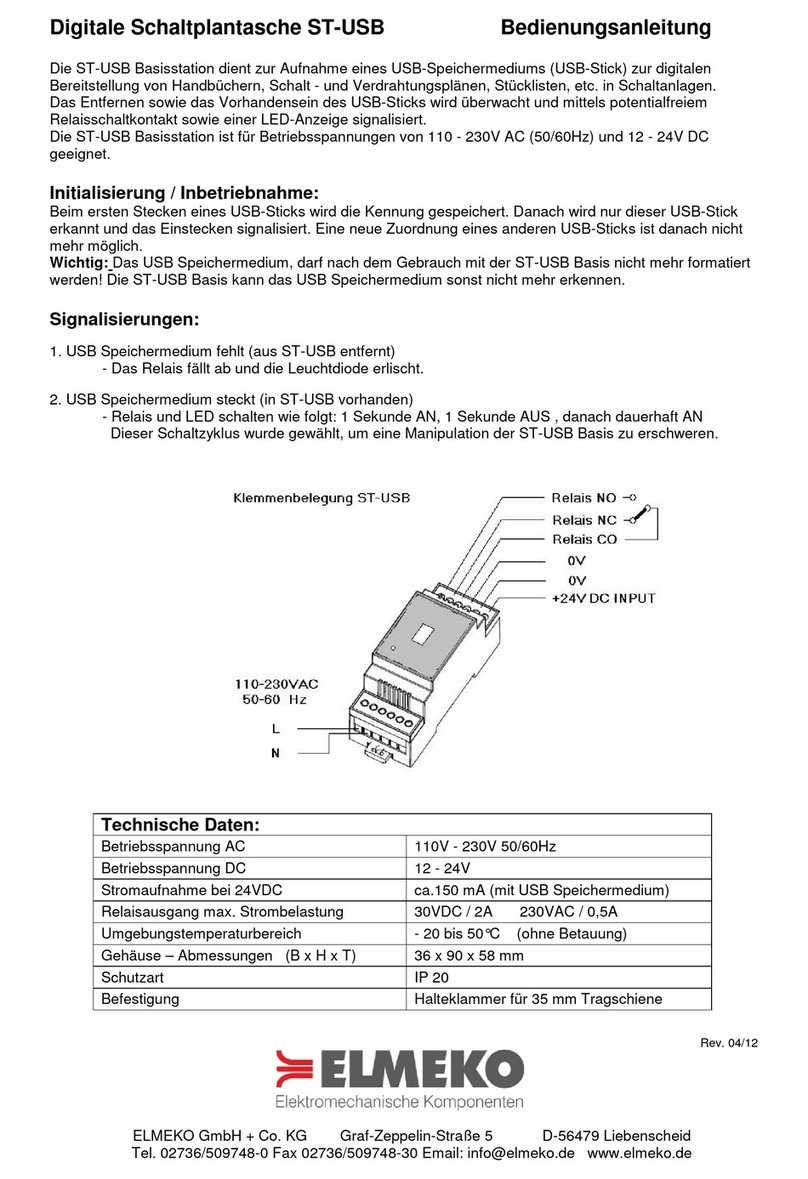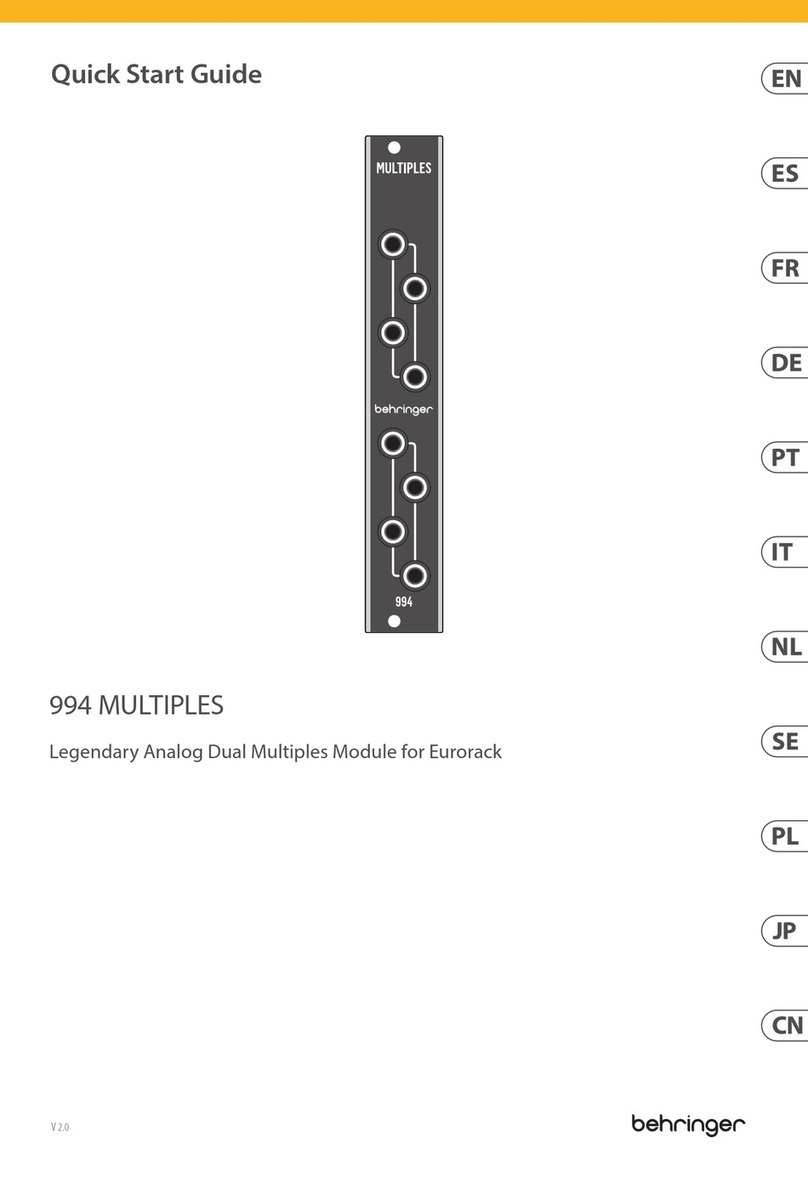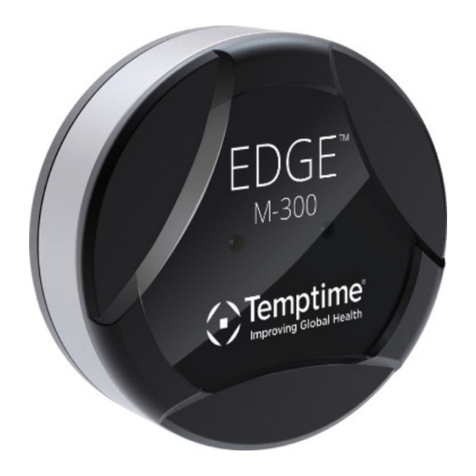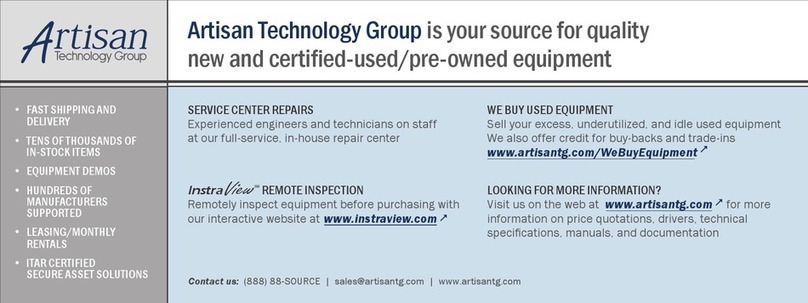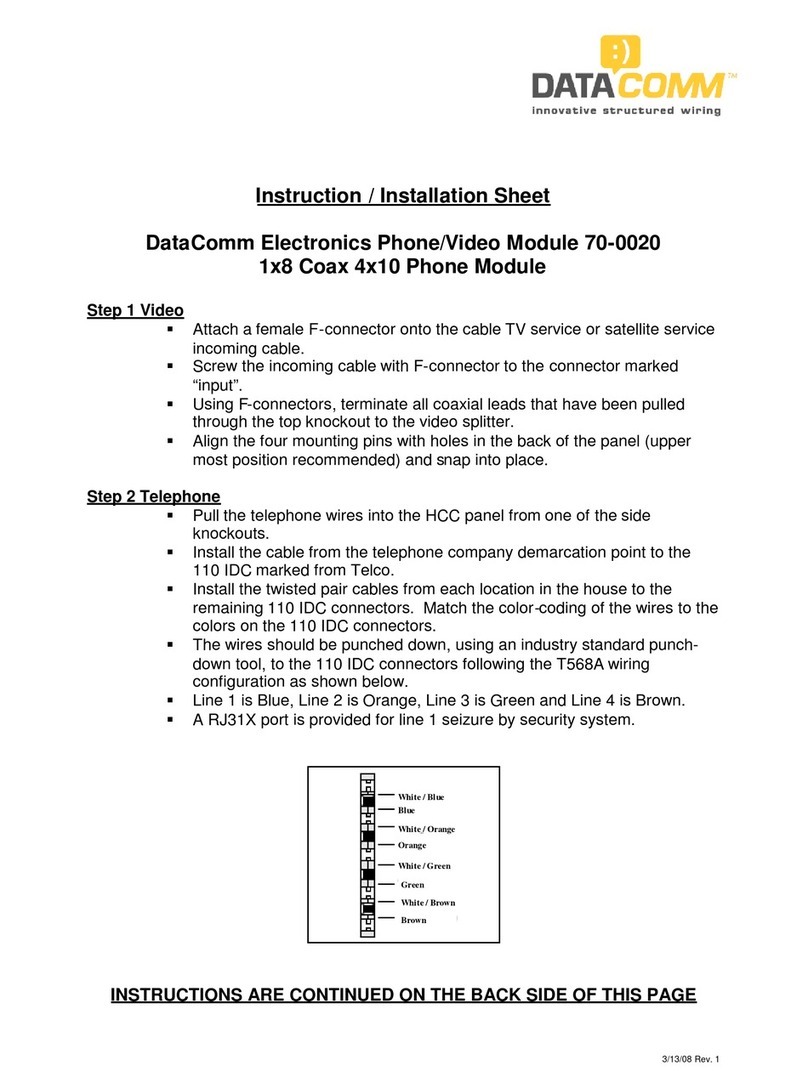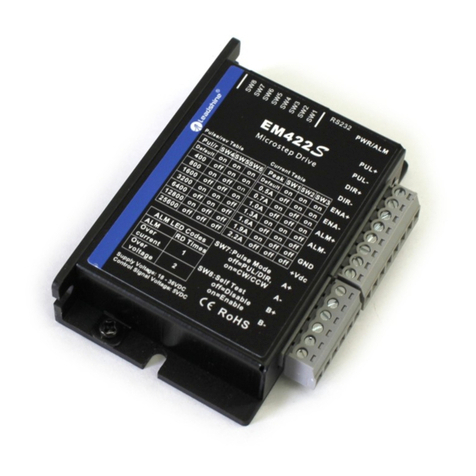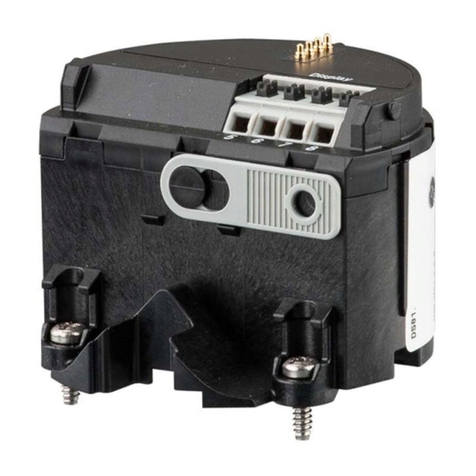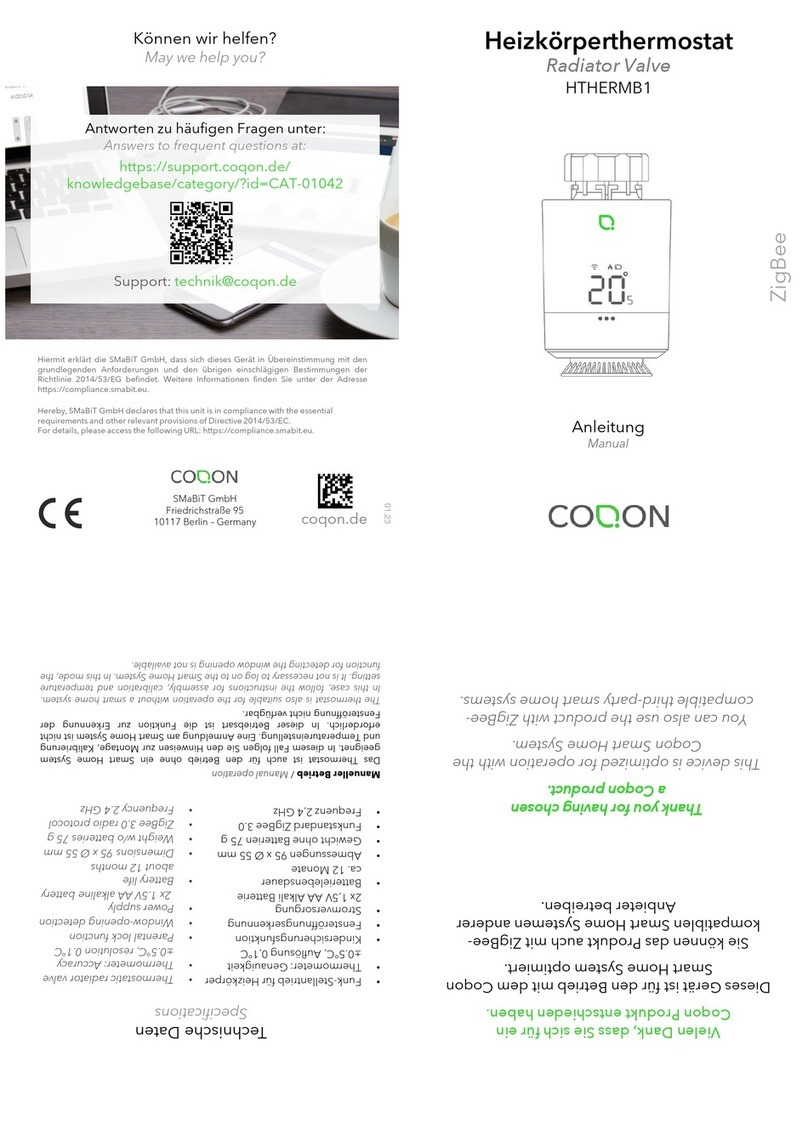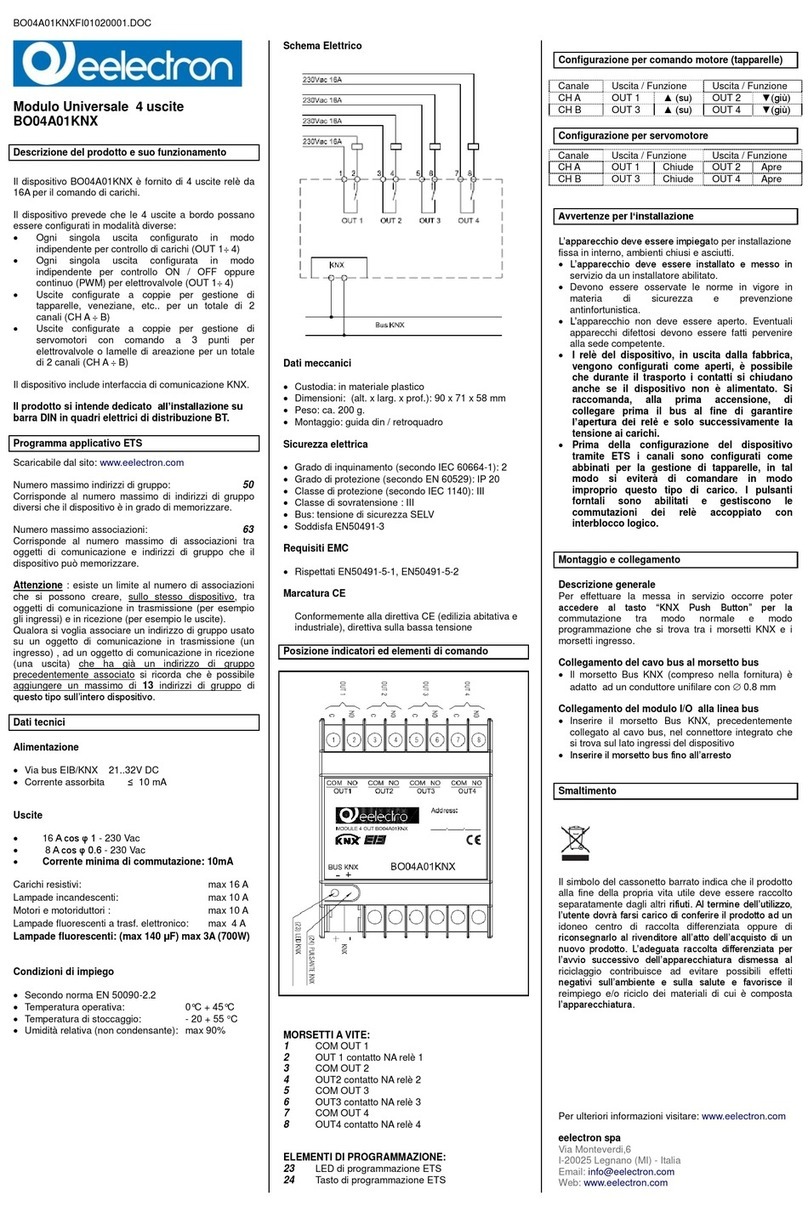
Bulletin 30-21 / Page 9
Upon re-energizing the solenoid coil, the low pressure port of the
180 opens and allows instantaneous relief of pressure under the
thermostatic expansion valve diaphragm and normal operation of
the thermostatic expansion valve.
APPLICATION
The Type 180 Solenoid Pilot Control may be connected to
any number of thermostatic expansion valves as large as those
nominally rated at 132 tons on Refrigerant 134a and 180 tons on
Refrigerant 22. Thus one Solenoid Pilot Control simultaneously
controls the action of all expansion valves on one evaporator or
system of evaporators. See Figure 11.
NOTE: Since the thermostatic expansion valve Types
V and W have an extended neck between the thermo-
static element and the valve body, a relatively large
quantity of liquid refrigerant resides at this point during
the off-cycle (Type 180 de-energized). Upon re-energiz-
ing the Type 180 control this liquid must boil off if the
TEV is installed so that the “neck” volume is NOT free
draining. The consequence of such an arrangement is
chilling of the thermostatic element and possible gas
charge condensation or migration.
Therefore, we recommend that Types V or W thermo-
static expansion valves (with gas or Type “P” ther-
mostatic charges), when installed with the Type 180
solenoid pilot control, be placed in an upright position
and at a point above the suction line so that the volume
under the diaphragm is free draining.
The Solenoid Pilot Control is actuated in the same manner as a liq-
uid line solenoid valve, e.g. with a thermostat, a pressure switch,
or by manual control. Since the Type-180 design requires that the
liquid line pressure during the off-cycle be slightly higher than
the expansion valve bulb pressure, certain types of applications
require special precautions.
COMFORT COOLING APPLICATIONS
Sporlan thermostatic expansion valves for comfort cooling
applications are generally supplied with Type P air condition-
ing charged thermostatic elements. These charges limit the
maximum operating or opening pressure during the off-cycle, as
well as during the running cycle. The table lists these standard
maximum operating pressures at an approximate 60°F saturated
evaporator temperature.
Therefore, during the off-cycle the receiver ambient temperature
needs to be only slightly higher, 65°F or more, to maintain a
higher liquid line pressure and to insure satisfactory Solenoid Pilot
Control operation.
COMMERCIAL OR LOW TEMPERATURE
REFRIGERATION APPLICATIONS
This type of application requires that the expansion valve and sen-
sor bulb be installed within the refrigerated space, so the bulb tem-
perature will be the same as the evaporator during the off-cycle.
Not only will this prevent compressor flood-back on start-up, but it
will help insure a liquid line pressure higher than the bulb pressure
to keep the expansion valve closed tight during the off-cycle.
COMFORT COOLING APPLICATION (Intermittent Operation)
In certain locales during mild weather, wide variations between
night and day temperatures can create unusual system pressure
conditions. This occurs when the receiver, hence the liquid line
pressure, falls below the maximum thermostatic expansion valve
operating pressures listed above. This is liable to occur when the
receiver is located on the outside of the building or is subjected to
unusually low ambient temperatures. Proper attention to receiver
location can minimize the possibility.
OTHER APPLICATIONS
On other applications where the Solenoid Pilot control may be
applied, care must be exercised to maintain the correct liquid line
– expansion bulb pressure relationship. If the expansion valve bulb
is located near heating coils or any other location warmer than the
receiver location, trouble may occur. During the off-cycle, the bulb
pressure for expansion valves with thermostatic charges other than
the Type P air conditioning charge will rise and open the valve.
This will tend to flood the evaporator; and, if the compressor is
on pressure control, cause it to run for a short period of time when
cooling is not required. Therefore, proper attention to component
location is important to insure correct operation of the Type 180
Solenoid Pilot Control.
RECOMMENDATIONS
Where the unusual conditions exist as previously described,
and where normal location precautions are not feasible, Sporlan
recommends that a conventional liquid line solenoid valve be
installed instead of the Type 180 Solenoid Pilot Control.
All refrigeration and air conditioning systems should be protected
from moisture and other system contaminants by the Sporlan
Catch-All®Filter Drier. When using the Type 180 Solenoid Pilot
Control, the expansion valve is used to shut off the liquid line
in place of a standard liquid line solenoid valve. Therefore, it is
essential that the system be free of these contaminants which might
prevent the thermostatic expansion valve from seating tight.
On double-ported thermostatic expansion valves, such as Sporlan’s
Types V and W, the chance of dirt causing leakage is increased
since either port could be partially blocked open. If this occurs,
the leakage would be even greater since both ports would leak
Figure 11
External Equalizer
Connection
Refrigerant Standard Maximum
Operating Pressure
12, 134a 50 psig
22 90 psig













